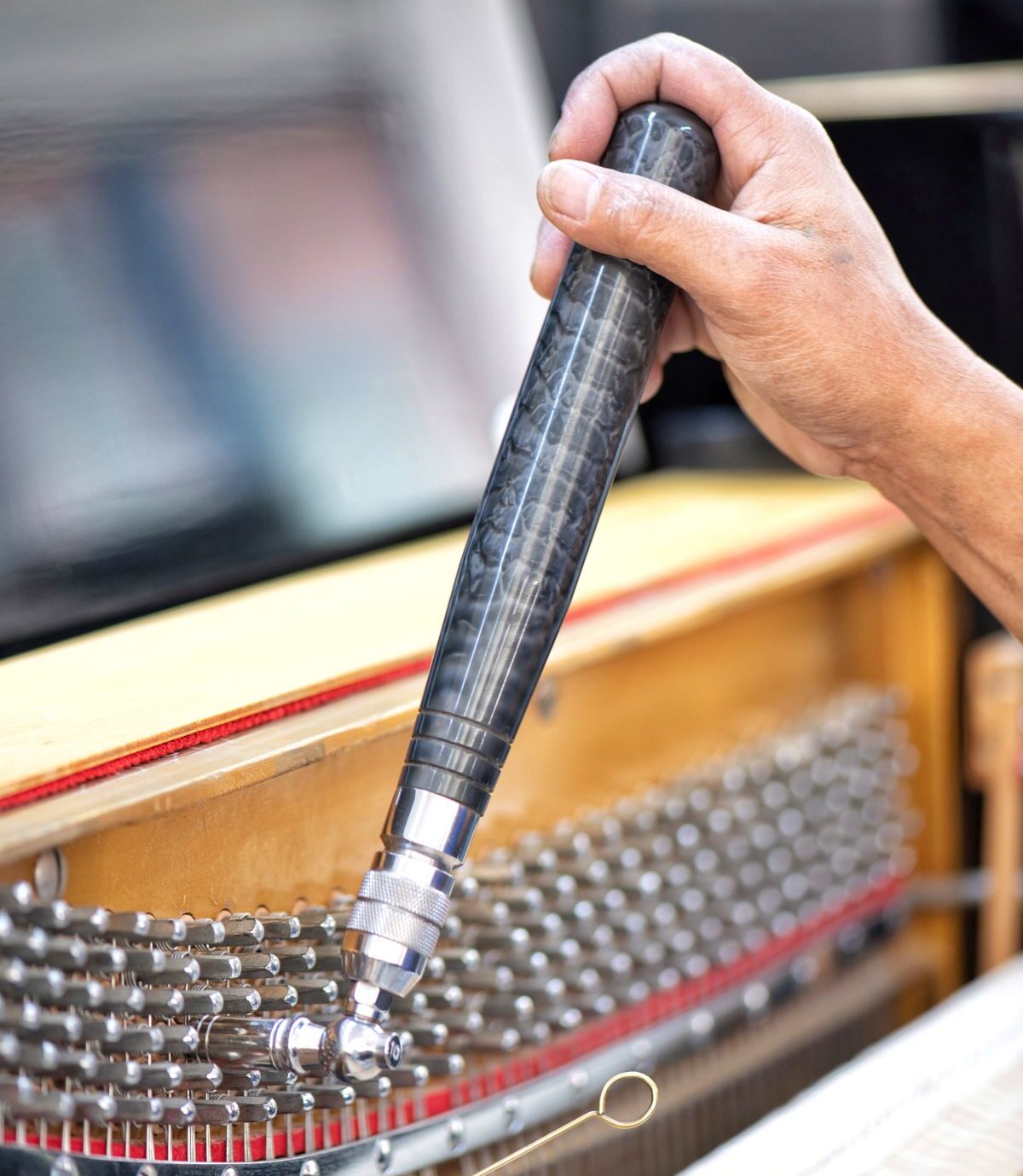Are you in the process of adjusting your machinery, and wondering what kinds of shims are available to make it happen? Whether you’re a seasoned pro or just diving into the world of mechanical adjustments, knowing your shim options is key. In this blog post, we’ll explore the various types of adjustment shims out there, so you can choose the best fit for your needs. From tapered to slotted and beyond, get ready to shimmy on down through our comprehensive guide!
What is an Adjustment Shim?
An adjustment shim is a thin piece of material, usually metal or plastic, that is used to fill in the space between two objects. In many cases, shims are used to level out an object or to make it fit snugly into another object. Shims are also commonly used in construction and carpentry to level floors and walls.
Different Types of Adjustment Shims
There are many different types of adjustment shims available on the market. Each type of shim has its own unique purpose and benefits. Here is a rundown of some of the most popular types of adjustment shims:
Taper Shim: A taper shim is used to create a sloped surface on a piece of machinery. This type of shim is often used in conjunction with another type of shim to level out a piece of equipment.
Leveling Shim: A leveling shim is used to level out a piece of machinery or equipment. This type of shim is also often used in conjunction with another type of shim to create a sloped surface.
Spacer Shim: A spacer shim is used to maintain space between two pieces of machinery or equipment. This type of shim can be made from a variety of materials, including metal, plastic, and rubber.
Washer Shim: A washer shim is used to distribute weight evenly across a piece of machinery or equipment. This type of shim is often made from metal or plastic.
Why use an Adjustment Shim?
There are many reasons to use an adjustment shim. By using an adjustment shim, you can:
-Achieve a more precise fit between two mating parts
-Make up for slight variations in part dimensions
-Take up clearance between moving parts
-Prevent rattles and other noises
-Fill gaps in an assembly
How to Install an Adjustment Shim
An adjustment shim is a thin plate of metal or plastic that is used to fill in small gaps or spaces between two objects. Shim installation is a common practice in the manufacturing and construction industries, where a precise fit is often required.
There are three main methods for installing an adjustment shim: adhesive, mechanical, and welding. Adhesive installation is the simplest method and does not require any special tools or equipment. Mechanical installation requires the use of a tool such as a hammer or chisel to drive the shim into place. Welding installation is the most permanent method but also requires special training and equipment.
Once the shim is installed, it is important to check that it is level and flush with the surface before moving on to the next step in the project.
Conclusion
Adjustment shims are invaluable tools when it comes to precise alignment of components and assemblies. Whether you need to reduce the gap between two parts or maintain a consistent level of tension, there is an adjustment shim that can help you get the job done. With this knowledge, you can now choose the right type of shim for any application or installation with confidence.

